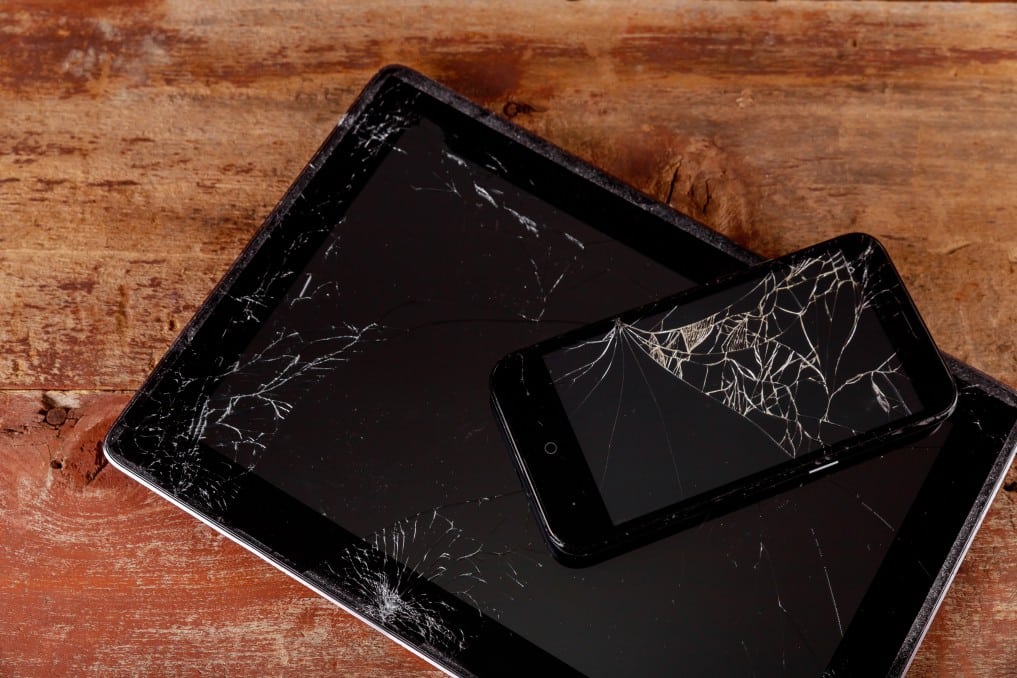Technology is vitally important for any business’s success in today’s fast-paced world. It allows companies to be more productive and efficient than ever before in history due to automation tools, communication software, and innumerable other capabilities.
Even though there are so many benefits that come from using technology, it is not without its drawbacks. Because of our dependence on our technology, an IT disaster can cause significant damage to a business if proper precautions are not taken.
An equipment-damaging catastrophe can mean extended, expensive downtime for a business. It can also be disastrous if malfunctions or cyber attacks result in a loss of data. There are several different ways that your company may be at risk for an IT disaster, and each has dire consequences and a different disaster recovery path to take.
Here are some of the most common disasters that can damage your IT and what you can do to mitigate their risks:
1. Hardware or Software Failures
The hardware you use for your business will unfortunately not last forever. Despite every precaution and improvement to make equipment last as long as possible, eventually, devices break down, and components stop working. That is why it is important to have backups for everything stored on local devices. If a device stops working and cannot be fixed, you could lose everything saved on it if that data isn’t backed up.
Software eventually goes out of date as well. If your software is unsupported and thus no longer receiving updates, you need to upgrade to a newer solution that will remain protected.
However, if your software merely hasn’t been updated with new patches and upgrades, you should immediately update it. Software left un-updated can leave your company vulnerable to cyber attacks, data breaches, and general inefficiencies. To limit these risks, you should always back up your data and update your systems regularly.
2. Cyber Attacks
Malware, ransomware, and phishing attacks are just a few common types of cyber attacks that may be targeting your business.
A successful cyber attack on your business can cause enormous financial repercussions, as well as other negative consequences. If you suffer a data breach that exposes customers’ private information, you may have to pay penalty fines and legal fees, lose valuable data, and suffer reputational losses and future business.
One example of such a breach is Adobe’s 2013 hack. A massive cyber attack resulted in the credit card information of 3 million users becoming compromised, with 38 million users’ login credentials being exposed. Adobe ended up paying $1.1 million in legal fees and settlement claims. This number continued to rise, reaching another $1 million dollars before the matter was completely resolved.
You can help prevent these issues by implementing a comprehensive cybersecurity plan. Your cybersecurity plan should include using advanced firewalls and antimalware, continuous proactive system monitoring, and employee training. A reliable IT company can help you create and maintain the most advanced security practices.
3. Natural Disasters
One type of non-technological catastrophe that can affect your IT is a natural disaster.
You may not consider the effects that floods or fires could have on your IT. But if your information isn’t backed up, these disasters will cause expensive data losses as surely as a software malfunction will.
There may not be many precautions you can take to protect your physical equipment if such a disaster occurs, but you can ensure the survival of the valuable information stored on it by backing up essential information on cloud-based servers.
4. User Error
Sometimes the risk that you undertake when you use technology doesn’t come from outside your business, but rather, from within.
If employees are not properly trained on cybersecurity practices to follow, they may inadvertently expose your systems by falling prey to phishing attacks or using weak passwords.
Even the simple act of transporting equipment can pose a risk to equipment, as it’s more likely to be dropped and damaged or stolen while in transit.
Helping employees make safe decisions by providing training on how to keep company property and information secure will go a long way when it comes to mitigating the risk of user error in your business.
5. Power Outages
One final misfortune that could negatively impact your IT systems is a power outage. If your information is not backed up, a simple loss of power could cause you to lose hours of work or more in addition to causing costly downtime. And, if the outage is accompanied by a power surge, your physical equipment could be damaged too.
Once again, maintaining cloud-based backups is an essential precaution that can help protect against this type of disaster, along with surge protectors and, when necessary, more extensive physical protections.
Protect Your Business Technology
Although you can’t predict or completely prevent many types of disaster, you can mitigate the risk of some types of catastrophes and limit the impact they have on you afterwards.
Tolar Systems’ disaster recovery services can help you proactively prepare for disasters by backing up your data, protecting your systems, and creating an efficient disaster recovery plan to get your operations back to normal as soon as possible.
When you protect your business technology, you can know that even if the worst happens, your business’s technology infrastructure is equipped to withstand the fallout.
Get a Free IT Security Review
Let's get together and talk about your current IT security and how we can help secure your business data.
Free Consultation Call Today: (325) 266-1976
